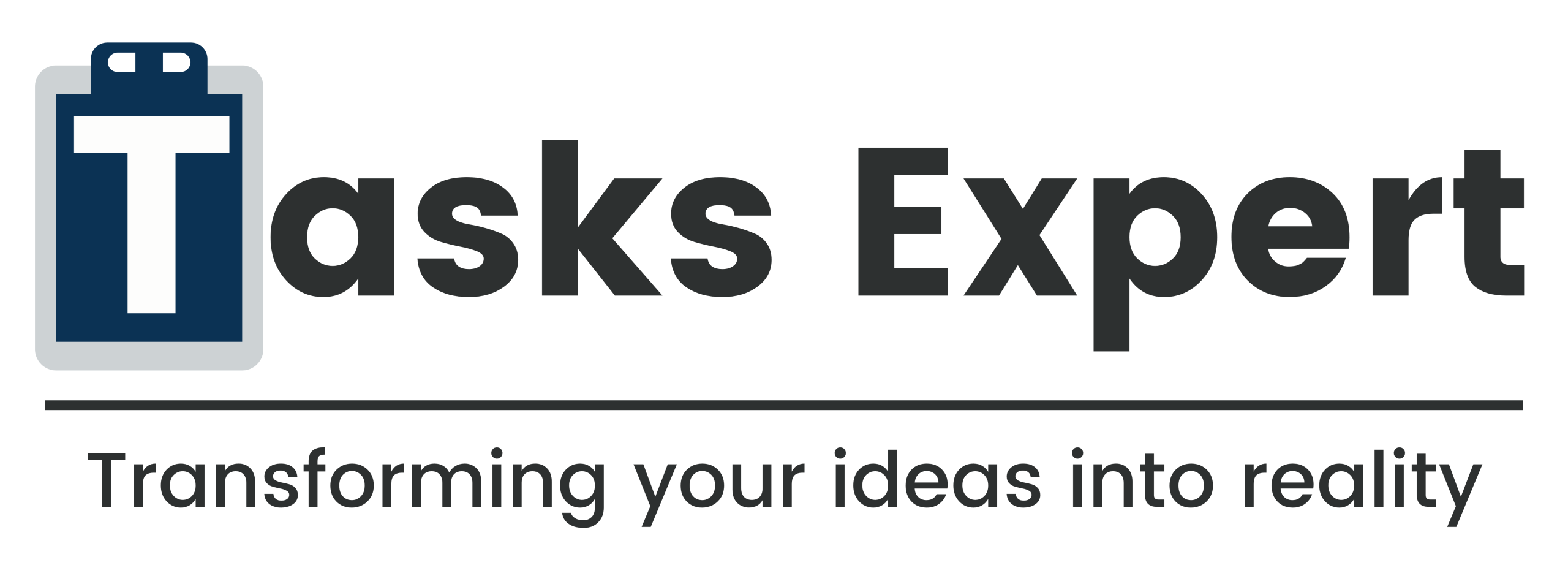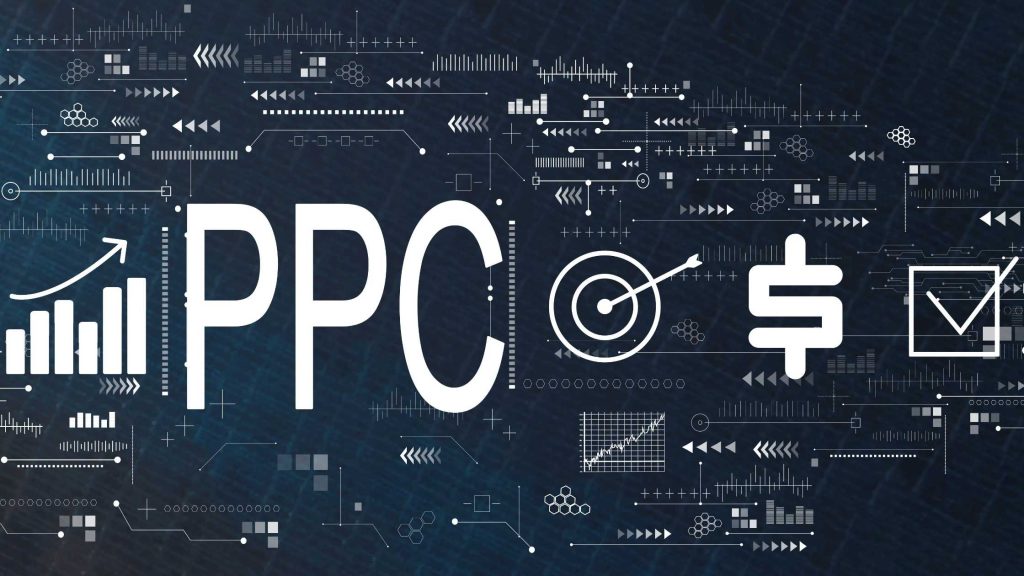Introduction
PPC remarketing services have become one of the most efficient ways to win back potential customers and boost ROI, without blowing your ad budget. If someone visited your site, added a product to their cart, or browsed your services but left without converting, remarketing lets you re-engage them with targeted ads. But here’s the catch: while most marketers understand the “what” and “why” of remarketing, many overlook the how much—and more importantly, where that spend should go.
Budgeting for PPC remarketing isn’t as simple as allocating a fixed amount. It depends on the quality of your traffic, the intent behind user actions, and which platforms you’re using. If you treat remarketing as just another line item in your PPC strategy, you’re likely leaving money on the table—or overspending where it doesn’t count.
In this blog, we’ll walk through how to plan a remarketing budget that works. From understanding CPC differences to knowing which audiences deserve more of your ad dollars, you’ll learn how to spend smarter, not just more.
Why Budgeting for PPC Remarketing Deserves Its Strategy?
When it comes to PPC remarketing services, there’s one mistake I see far too often—businesses lumping their entire ad spend into one pot and hoping remarketing just “works itself in.” However, remarketing is a completely new type of campaign and not just another targeting choice. As a result, it requires a budget, plan, and objectives.
Because the audience is already familiar with your brand, remarketing is effective. These viewers may have added goods to their cart, perused your products, and even visited the landing pages, but they did not convert. That degree of familiarity alters how you should budget and how you communicate.

Here’s why a dedicated remarketing budget matters:
1. More Specific, Smaller Audiences
Remarketing focuses on a certain demographic, including site visitors, product viewers, or past customers. You may, therefore, have a limited reach but a far greater influence.
2. Increased Rates of Click-Through
Remarketing ads usually have greater CTRs. Users are more likely to interact since they are familiar with your brand. This enhances the quality of your ads overall and boosts the efficacy of your advertising spend, particularly on platforms like Google Ads.
3. More Affordable Conversions
The conversion path is shorter as the audience is already familiar. This means fewer touchpoints, low cost-per-click (CPC), and significantly better return on ad spend (ROAS). And when you’re watching your marketing budget, efficient conversions are everything.
4. Audience Behavior Requires Custom Messaging
An individual who visited your pricing page a week ago requires something different than one who read your blog post half a year ago. With your budget organized intentionally, you are able to allocate spend across stages of the funnel and align your messaging with user intent. That’s the type of calibration that creates actual results, and it doesn’t occur when remarketing is merely added as an afterthought on your cold campaign.
5. Consistent and Fatigue Management
Remarketing works best when your adverts are timely and relevant. With no clear budget and frequency limit in place, you run the risk of displaying the same ad too frequently. You run the danger of showing the same ad too much if you don’t have a defined budget and frequency limit in place. You can play with timing windows, rotate creatives, and regulate delivery with a special budget.
To put it briefly, PPC remarketing is a high-return strategy—but only if you treat it with the consideration and deference it requires. Your campaigns will remain profitable, focused, and directed if you have a clear and reasonable budget.
What’s the Ideal Budget Range for PPC Remarketing Services?
PPC campaign budgeting can be a guessing game, particularly when it comes to remarketing. What is too much? What if you spend too little and miss results altogether? Fortunately, PPC remarketing services have a realistic beginning point, and the ideal budget is determined by the company’s objectives, traffic volume, and size rather than by a one-size-fits-all formula.
However, most marketers recommend spending 10–20% of your monthly PPC expenditure on retargeting.
Therefore, it is a good idea to start with $500 to $1,000 for remarketing if your firm spends $5,000 a month on paid commercials. But percentages aren’t the only consideration.
Your Budget Should Match Your Remarketing Pool
The amount of traffic you receive has a direct impact on your remarketing expenditure. You will want a larger budget if your website receives a lot of traffic in order to maintain visibility. Your remarketing pool is lower if your site has fewer than 10,000 visitors each month, allowing you to reduce your expenditure without sacrificing efficacy.
Start by asking:
- How many people visit your site each month?
- How many add to cart, but don’t purchase?
- How many bounces after viewing one product?
Break down your traffic behavior, and you’ll get a clearer idea of how large (and valuable) your remarketing audience really is.

Consider Funnel Stages When Budgeting
Not all remarketing audiences are equal, and they shouldn’t be treated the same in your budget. Focus more spending on higher-intent users and allocate less to colder segments.
Here’s how that might look:
- Cart Abandoners & Checkout Page Visitors (High Intent):
These are the warmest leads. They’ve shown strong buying signals. Set aside a larger share of your remarketing budget here with timely, conversion-driven ads, like a limited-time discount or free shipping offer.
- Product Page Visitors (Medium Intent):
These users browsed but didn’t take action. Dedicate a moderate budget toward engaging them with ads that answer their doubts—customer reviews, product benefits, or “still deciding?” messaging.
- Homepage or Blog Visitors (Low Intent):
They’re more casual, maybe just browsing. These audiences are good for brand recall, but not aggressive conversions. Keep spending minimal here and use broader messaging.
Platform Pricing Can Influence Budget Allocation
Not all platforms are equal in terms of cost. Your budget might go further depending on where you’re running remarketing campaigns.
- Google Display Network: Great for wide visibility and generally lower CPC. Use this for visual reminders and product imagery.
- Meta (Facebook/Instagram): Excellent for dynamic product ads and lifestyle retargeting, but slightly higher CPC.
- LinkedIn (for B2B): More expensive, but worth it if you have high-value offerings and long buying cycles.
If your remarketing goals are focused on volume, Google and Meta are solid choices. If you’re targeting specific roles in niche industries, budget more for LinkedIn or other platforms with refined filters.
Where Should You Spend Your Remarketing Budget?
Once you’ve decided how much to invest in PPC remarketing services, the next question is where exactly that money should go. This part is often overlooked, but it’s what separates smart advertisers from those just tossing dollars around and hoping for the best.
Not all visitors are created equal. Some were close to buying and just needed a final push. Others were window shopping. Your budget needs to reflect that difference.
Here’s how to think about it: Remarketing is about prioritizing intent. The closer someone was to taking action, the more your budget should lean in their direction.

1. Cart Abandoners (Top Priority – High Intent)
These are the customers who may have even made it to the checkout page after adding items to their cart before leaving. They hesitated, or life got in the way.
Spend the largest portion of your remarketing budget here. Serve them ads with urgency:
- Limited-time discounts
- Free shipping reminders
- “Still interested?” nudges
These ads typically perform best and drive the strongest ROI.
2. Product Page Viewers (Medium Intent)
These visitors are curious enough to explore product details, but didn’t add anything to the cart. They’re still valuable, they just might need a bit more convincing.
Allocate a moderate share of your budget here. Focus on:
- Social proof (testimonials or reviews)
- Comparisons (why choose your brand?)
- Educational content (benefits, how-to videos)
Make the most of this portion to increase conversion and foster trust.
3. Homepage, Blog, and Category Page Visitors (Low Intent)
These are the “top of funnel” folks. They browsed around but showed no clear buying signals. It doesn’t mean they’re a lost cause—but they’re not ready to be sold too aggressively.
Spend lightly here. Use broad branding ads to keep your company top-of-mind. Think:
- “Why choose us” videos
- User-generated content
- Blog posts or helpful guides
This soft touch keeps the relationship warm without wasting budget.
4. Past Customers
Don’t forget your existing buyers. They already trust you and have proven they’ll spend. A portion of your remarketing budget should go toward upselling, cross-selling, or win-back campaigns.
Show them:
- Related products
- Loyalty perks
- Reorder reminders
These audiences are cheaper to convert and often spend more.
Platform Placement Also Matters
Where you spend matters as much as who you target.
- Google Display Network: Excellent for inexpensive mass reach, graphic advertisements, and reminders.
- Meta (Facebook & Instagram): Great for dynamic lifestyle photos and product advertisements.
- YouTube: Excellent for retargeting in the form of product demos or brand memory.
- LinkedIn (for business-to-business): More expensive, but more precise.
Being present is only one aspect of smart remarketing; another is being present with the appropriate message, at the appropriate times, and for the appropriate individuals. When your spend is aligned with user intent, the results speak for themselves.
How Does Remarketing CPC Compare to Cold Campaigns?
One of the greatest things about spending money on PPC remarketing campaigns is how effectively they stretch your dollar. Where cold campaigns reach out to individuals who don’t yet know you, remarketing addresses users who have already engaged with your company in some form or another. And that distinction becomes apparent in cost-per-click (CPC), engagement, and conversions.
Let’s dive into the numbers—and more significantly, the why behind the numbers.

Colder Audiences = Higher CPC, Lower Trust
When you’re hitting an entirely new audience, you’re making a big ask. You’re hoping someone will see your ad, trust your company the instant they see it, click, look around your site, and maybe even buy from you—all on one impression. That’s a high ask.
Because cold traffic hasn’t engaged with you previously:
- CPCs are generally higher, particularly in competitive niches. Anticipate between $1 and $5+ per click, depending on your niche.
- Click-through rates (CTR) tend to be lower.
- The conversion process is longer, and more touchpoints are needed.
So while cold ads are required to bring in new users, they’re costlier to run and less ROI predictable, particularly if you’re just figuring out your offer or market.
Warm Audiences = Lower CPC, Higher Returns
Here’s where PPC remarketing becomes your best friend.
Users who have already browsed a product, visited your website, or even added something to their cart are your target audience. They’ve shown intent and interest. So when they see your ad again, it’s a reminder for them.

What does that mean for your cost and performance?
- Lower CPCs: Remarketing clicks usually cost between $0.50 and $2, and even lower sometimes. Google and Meta reward advertisers for relevance, and remarketing campaigns tend to achieve higher ad relevance scores.
- Increased CTRs: Believing is seeing. Advertisements from well-known brands have a higher chance of engaging consumers.
- Higher conversion rates: Since the audience is already halfway through the funnel, remarketing frequently bridges the gap and completes the sale.
You’re not persuading someone to trust your brand—you’re merely assisting them in completing what they began.
So. Should You Move Budget to Remarketing?
Yes—and no. While remarketing is undoubtedly more effective, it will only work if you’re introducing new traffic to remarket to. You still require cold campaigns in order to increase your pool of prospects. Consider cold ads as audience building, and remarketing as closing the sale.
That said, if your goal is return on ad spend (ROAS), remarketing will likely outperform cold campaigns every time. You’ll spend less to get more.
The takeaway?
Cold ads introduce you. Remarketing builds the relationship and closes the sale. CPCs are lower because the intent is higher, and that’s exactly why a well-managed remarketing strategy is worth every dollar.
Conclusion: Be Strategic, Not Just Generous with Your Budget
There’s no question that PPC remarketing services some of the highest rates of return among digital advertising when allocated and utilized properly. Spending money on advertisements and hoping that people will return is not enough. Making thoughtful decisions about where to spend money, whom to target, how much to spend, and when to appear in front of your audience is key.
The brilliance of PPC remarketing is its effectiveness. You’re not beginning from zero—you’re speaking to individuals who already understand your brand, product, or promotion. With the perfect message, at the perfect moment, you can convert window browsers into repeat customers.
But all this happens without a well-thought-out, purposeful budget. From high-intent cart abandoners to low-intent homepage visitors, your budget should align with user behavior, not intuition.
At Tasks Expert, we assist companies in creating smarter remarketing campaigns that get the most out of every ad dollar. Whether you’re just beginning or want to scale, our team of PPC experts is here to assist you in retargeting with intention and profit.
Ready to get your remarketing budget working harder (and smarter)? Let’s chat.
About Us
Tasks Expert offers top-tier virtual assistant services from highly skilled professionals based in India. Our VAs handle a wide range of tasks, from part time personal assistant to specialized services like remote it support services, professional bookkeeping service etc. Furthermore, it helps businesses worldwide streamline operations and boost productivity.
Ready to elevate your business? Book a Call and let Tasks Expert take care of the rest.









